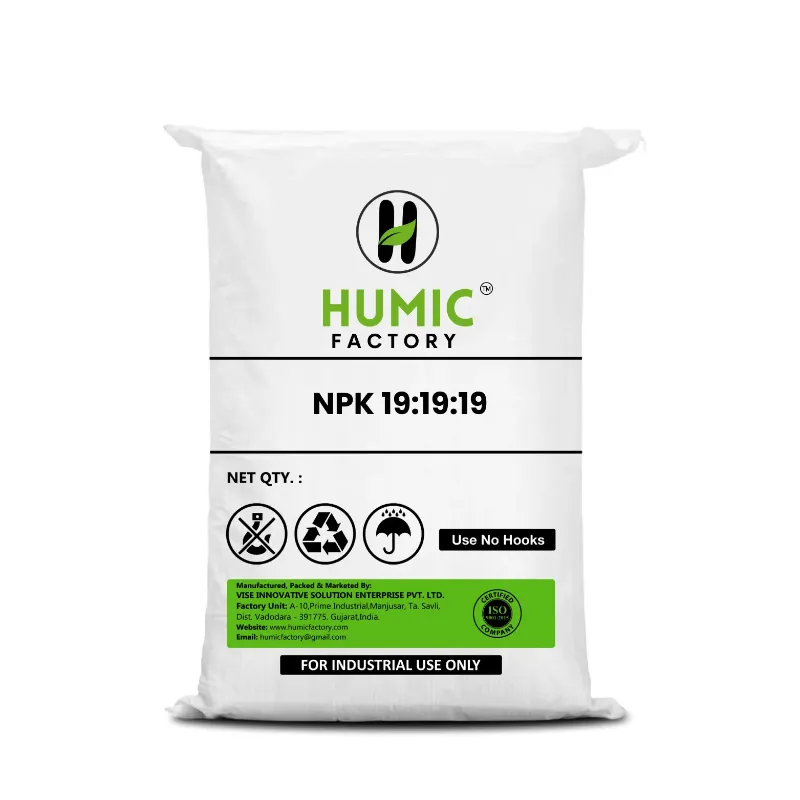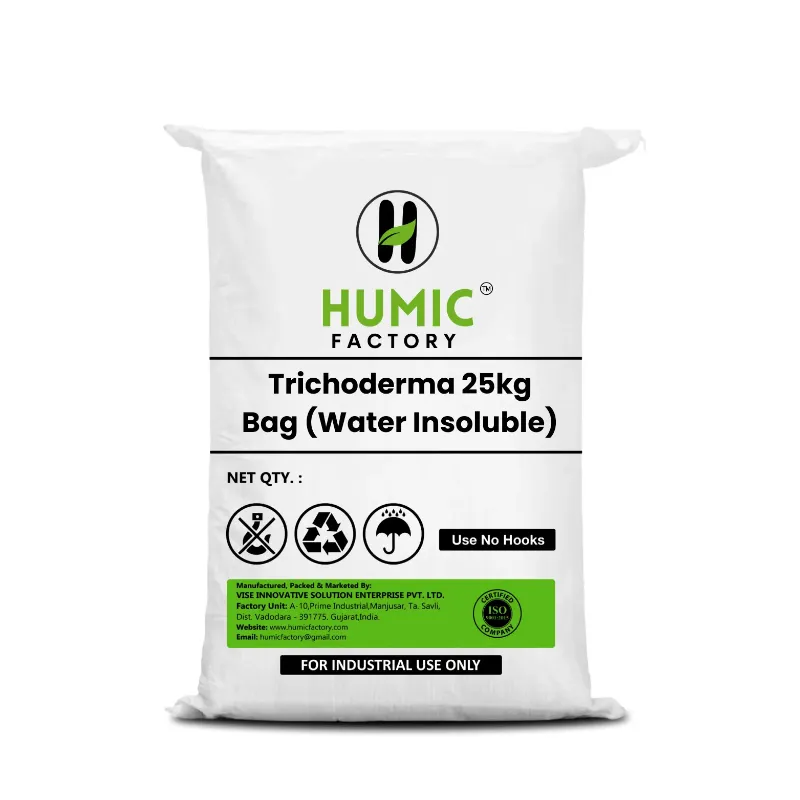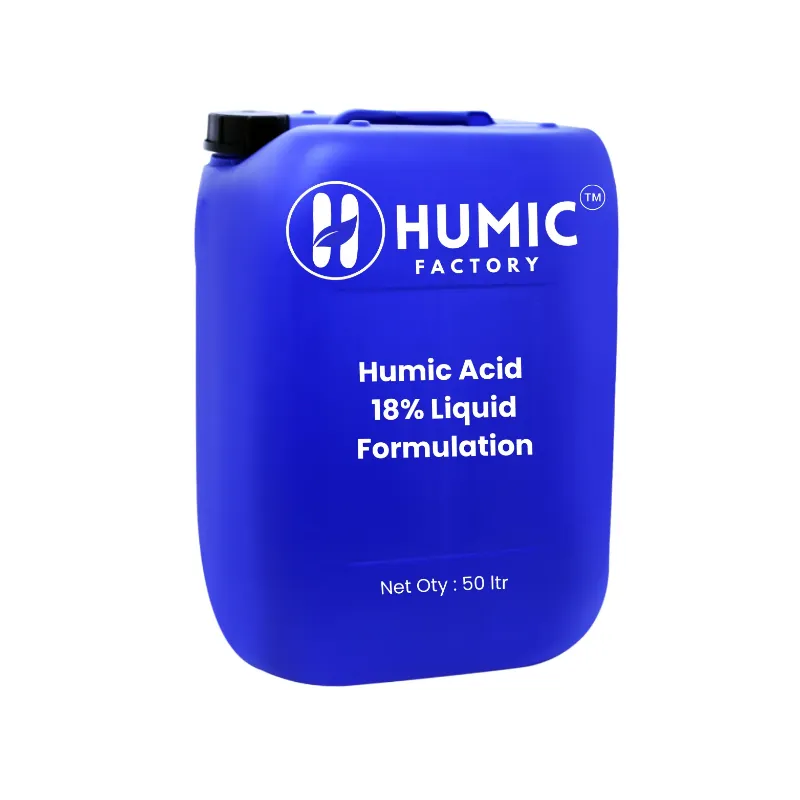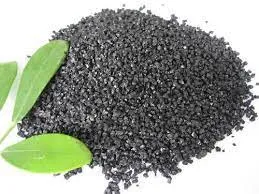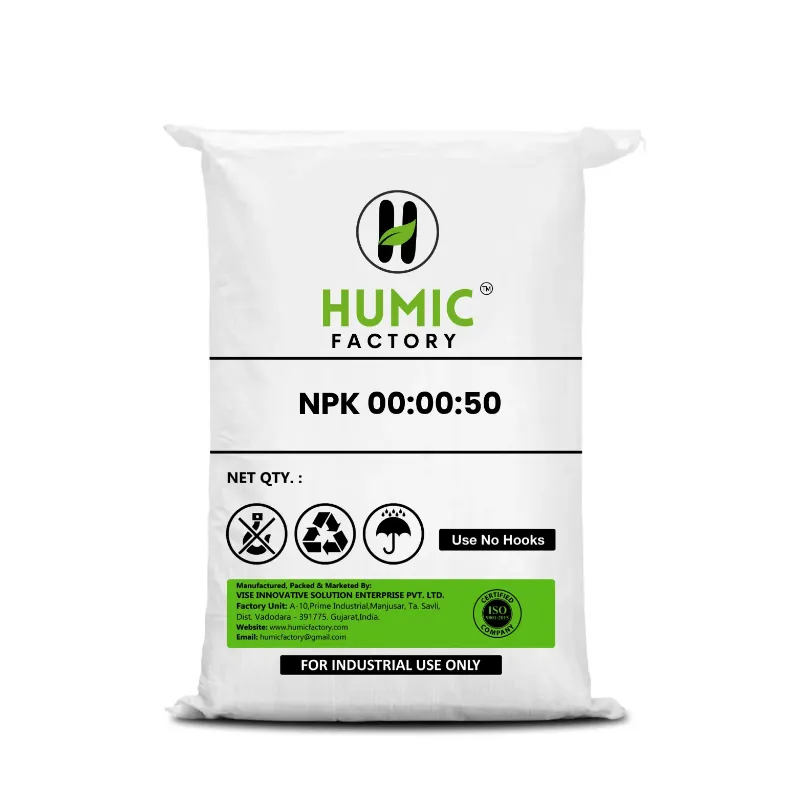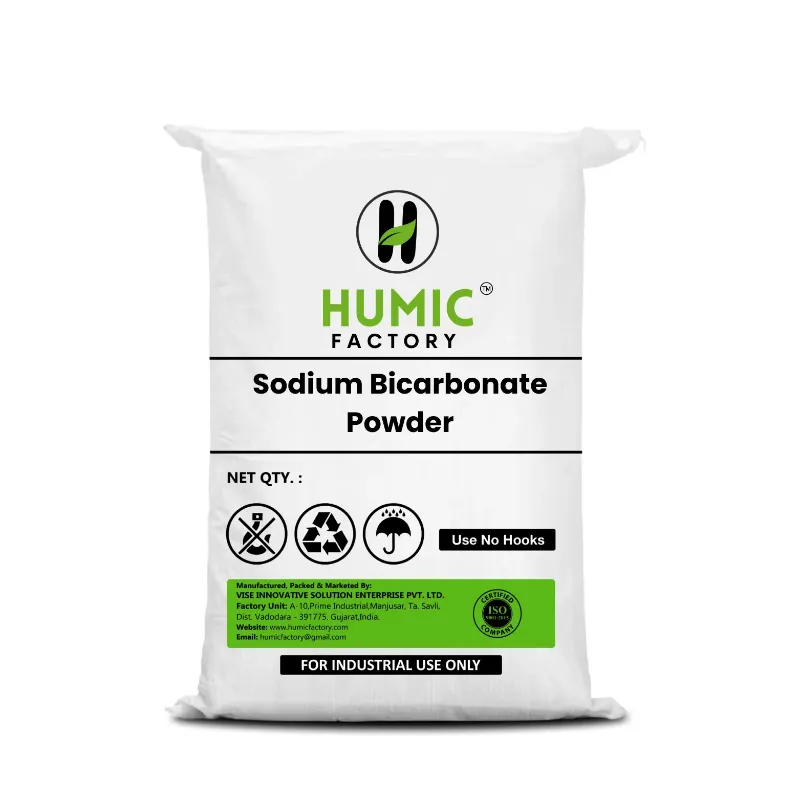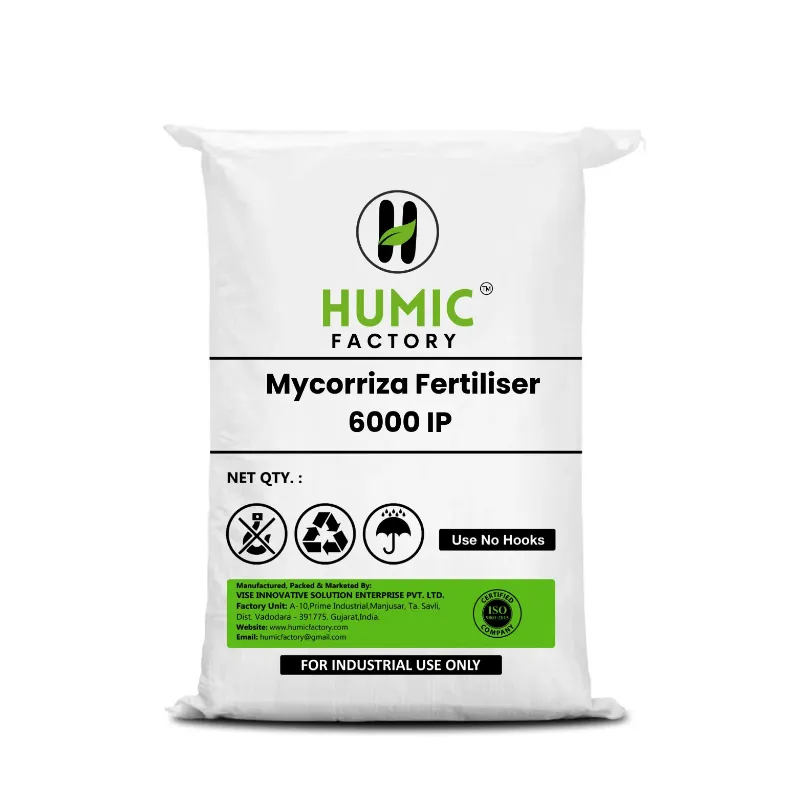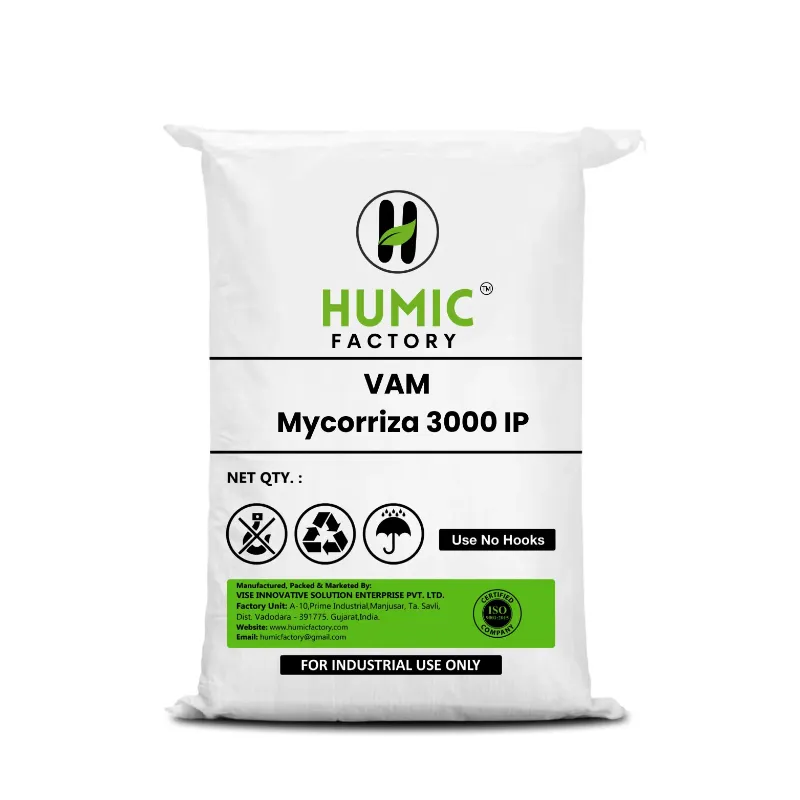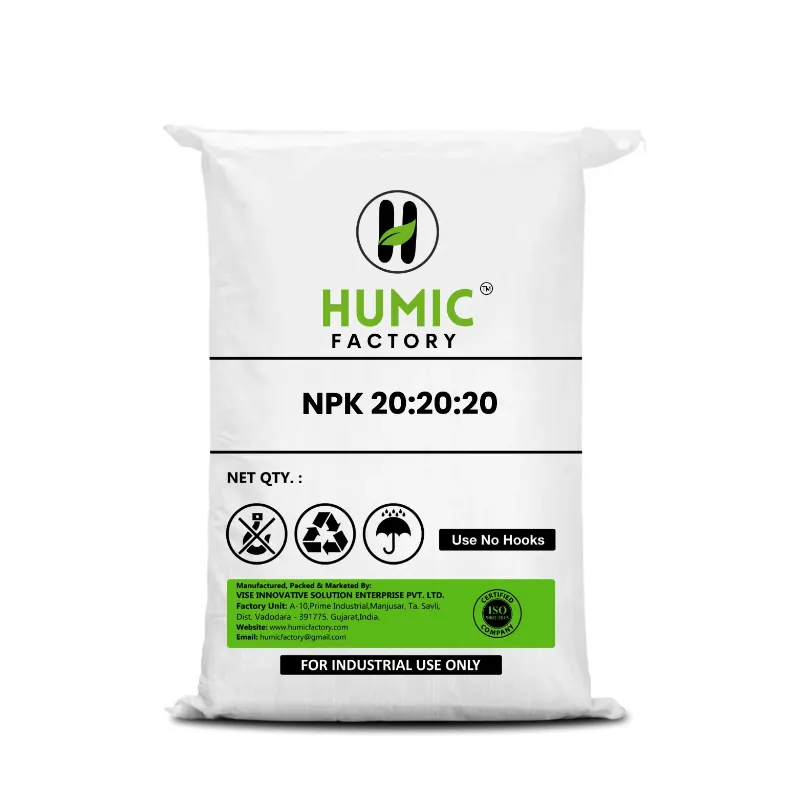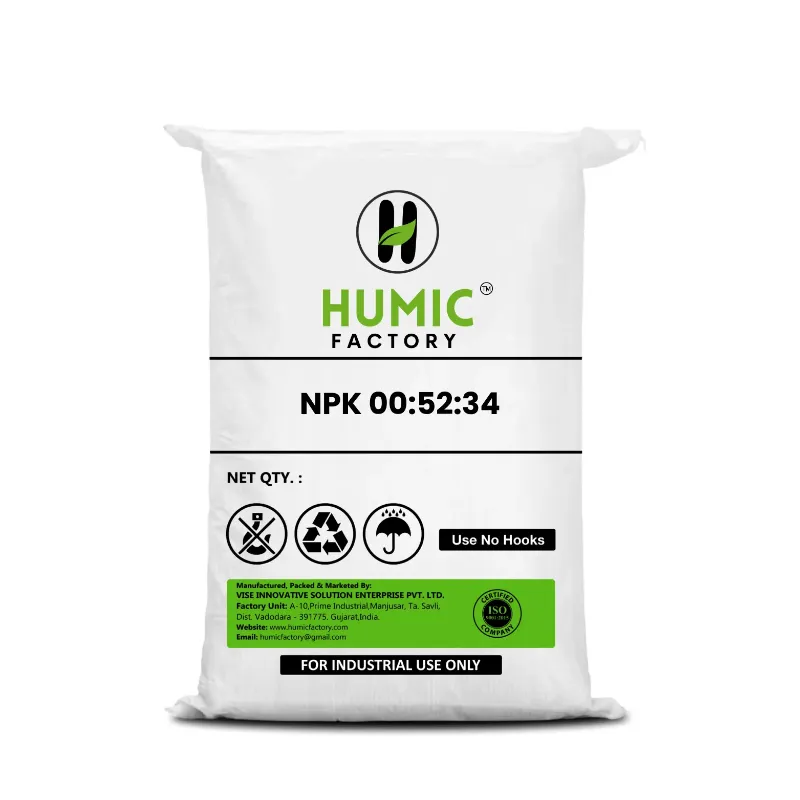Humic acid is available in various forms, each with unique characteristics and applications. These different forms of humic acid are derived from natural sources such as compost, leonardite, peat, and lignite, and they undergo various extraction and processing methods to produce different products tailored for specific agricultural and industrial applications. Understanding the different forms of humic acid is essential for selecting the most suitable product for specific soil and crop needs. Here are the main forms of humic acid available and how they differ:
1. Leonardite-Based Humic Acid:
Leonardite is a naturally occurring mineral deposit rich in organic matter, including humic and fulvic acids. Leonardite-based humic acid products are derived from the weathering and decomposition of ancient plant materials over millions of years. These products are typically extracted from leonardite deposits through alkaline extraction methods, followed by concentration and drying to produce humic acid powders or granules.
Characteristics:
- High humic acid content (typically 60-70%)
- Dark brown to black color
- Low ash content
- Soluble in alkaline solutions
- High cation exchange capacity (CEC)
- Stable and long-lasting in soil
Applications:
- Soil conditioner and fertilizer additive
- Enhances soil structure and fertility
- Improves nutrient availability and uptake
- Stimulates plant growth and stress tolerance
2. Peat-Based Humic Acid:
Peat is a natural organic material formed from the accumulation of partially decomposed plant matter in wetland environments over thousands of years. Peat-based humic acid products are derived from peat deposits through extraction and processing methods similar to those used for leonardite-based products. Peat-based humic acid is available in various forms, including powders, granules, and liquid solutions.
Characteristics:
- Moderate to high humic acid content (typically 30-60%)
- Variable color (brown to black) depending on the source and processing methods
- Low ash content
- Soluble in alkaline solutions
- Moderate to high cation exchange capacity (CEC)
- Biodegradable and environmentally friendly
Applications:
- Soil conditioner and fertilizer additive
- Enhances soil structure and fertility
- Improves nutrient availability and uptake
- Promotes microbial activity and organic matter decomposition
3. Compost-Based Humic Acid:
Compost is a natural organic material produced through the decomposition of organic waste materials such as food scraps, yard trimmings, and manure. Compost-based humic acid products are derived from composted organic materials through composting and extraction methods that concentrate humic and fulvic acids. These products are available as liquid extracts or solid concentrates.
Characteristics:
- Variable humic acid content (typically 10-40%)
- Dark brown to black color
- High organic matter content
- Soluble in water
- Moderate cation exchange capacity (CEC)
- Contains beneficial microorganisms
Applications:
- Soil conditioner and organic fertilizer
- Enhances soil structure and fertility
- Improves soil microbial activity and diversity
- Provides slow-release nutrients for plant growth
4. Lignite-Based Humic Acid:
Lignite is a type of coal formed from the compression and decomposition of plant materials over millions of years. Lignite-based humic acid products are derived from lignite deposits through extraction and processing methods similar to those used for leonardite-based products. These products are available as powders, granules, or liquid concentrates.
Characteristics:
- Variable humic acid content (typically 30-50%)
- Dark brown to black color
- Higher ash content compared to leonardite-based products
- Soluble in alkaline solutions
- Moderate to high cation exchange capacity (CEC)
- Stable and long-lasting in soil
Applications:
- Soil conditioner and fertilizer additive
- Enhances soil structure and fertility
- Improves nutrient availability and uptake
- Promotes plant growth and stress tolerance
5. Liquid Humic Acid Solutions:
Concentrated extracts of humic acid, obtained from various organic sources such as leonardite, peat, and compost, constitute liquid humic acid solutions. Manufacturers typically extract these products using alkaline methods, followed by concentrating and diluting them to create liquid formulations with specific concentrations of humic acid.
Characteristics:
- Variable humic acid content (typically 6-20%)
- Dark brown to black color
- Soluble in water
- Easy to apply through irrigation or foliar spray
- Compatible with other liquid fertilizers and agrochemicals
- Provides quick nutrient availability and uptake
Applications:
- Soil conditioner and liquid fertilizer
- Enhances soil structure and fertility
- Improves nutrient availability and uptake
- Promotes microbial activity and root development
In summary, humic acid is available in various forms, including leonardite-based, peat-based, compost-based, lignite-based products, and liquid solutions. These different forms of humic acid offer distinct characteristics and applications, ranging from soil conditioning and fertility enhancement to nutrient management and plant growth promotion. Understanding the differences between these forms of humic acid is essential for selecting the most suitable product for specific soil and crop needs in agricultural and horticultural applications.



